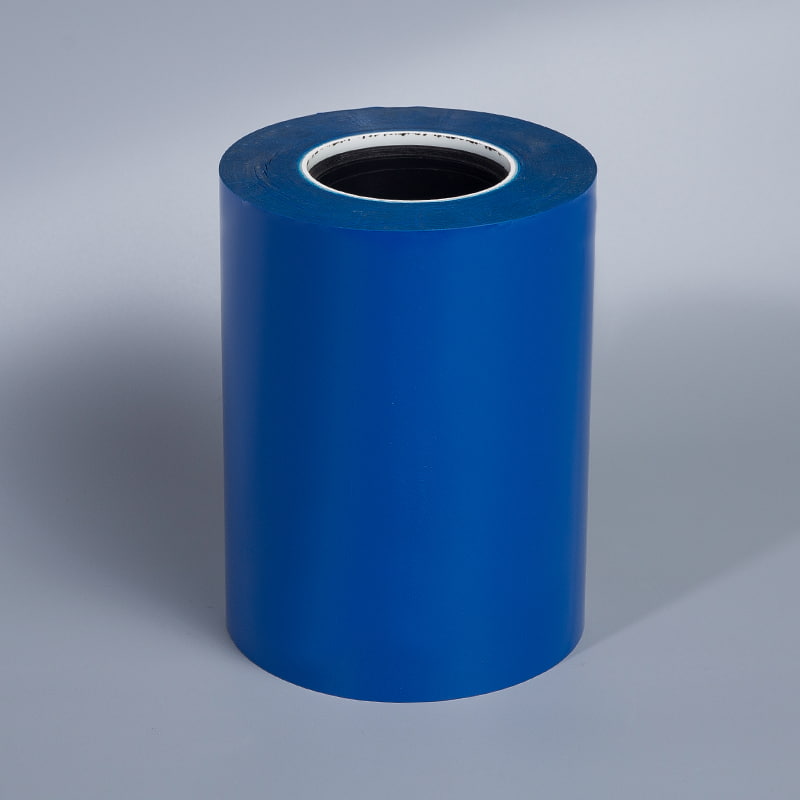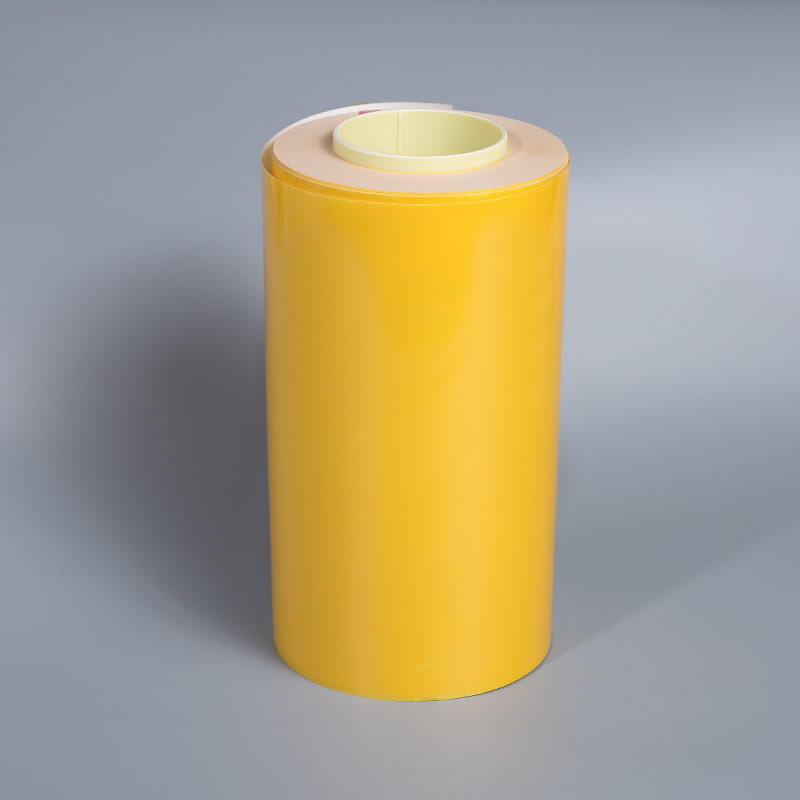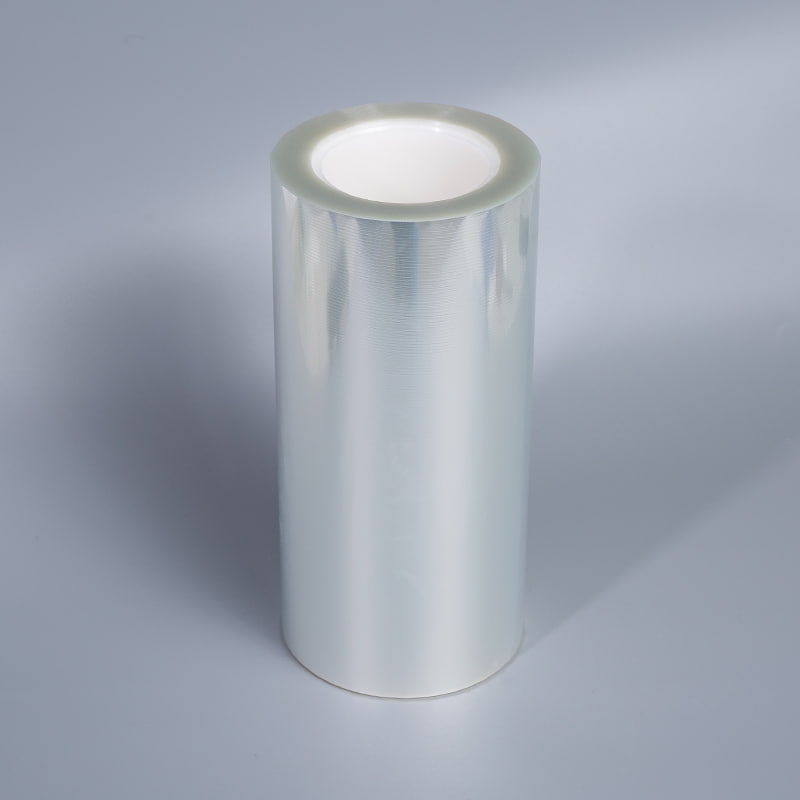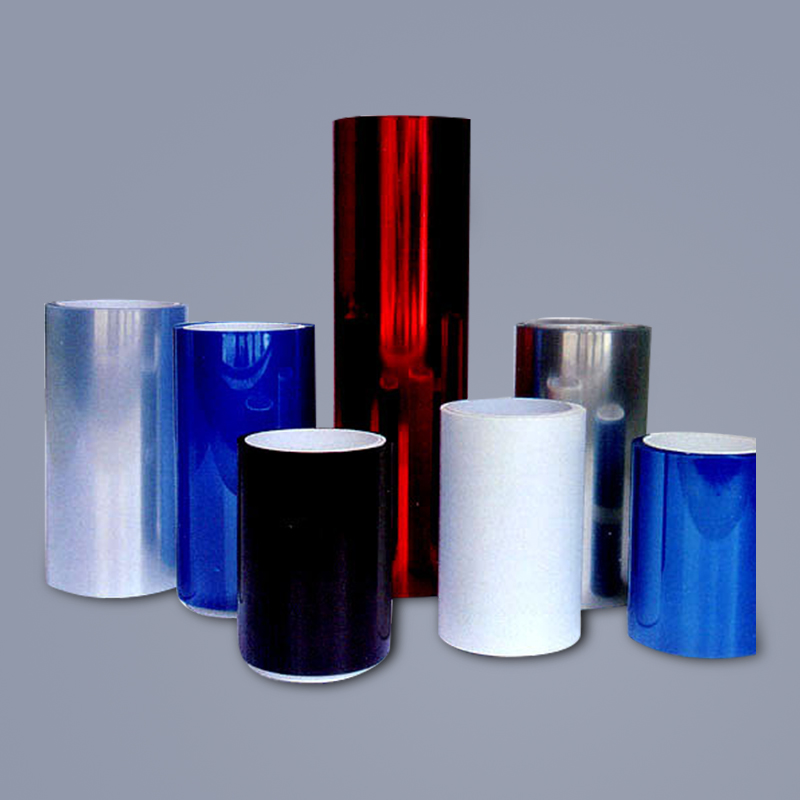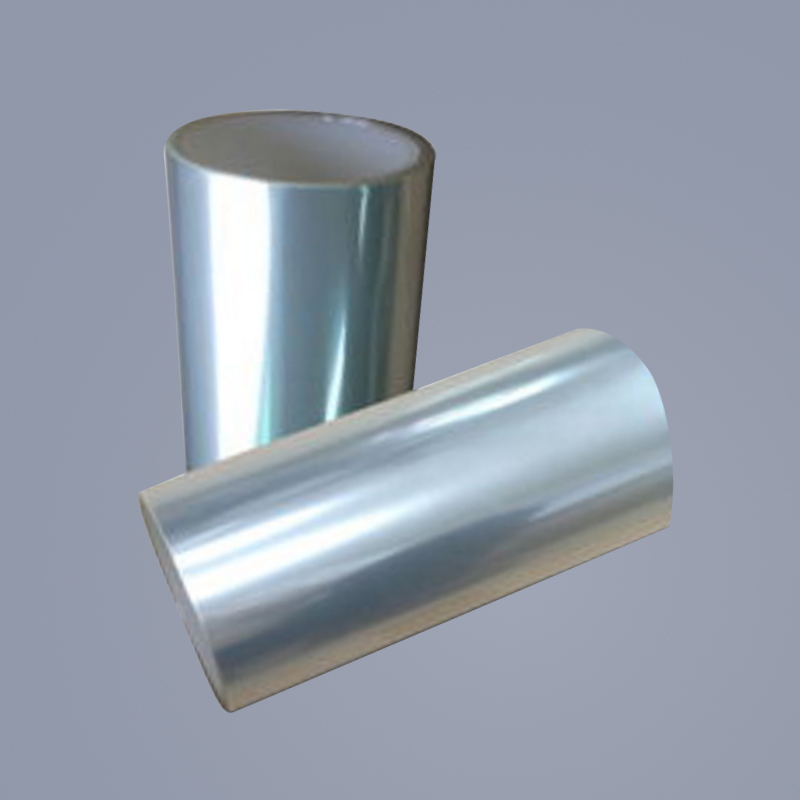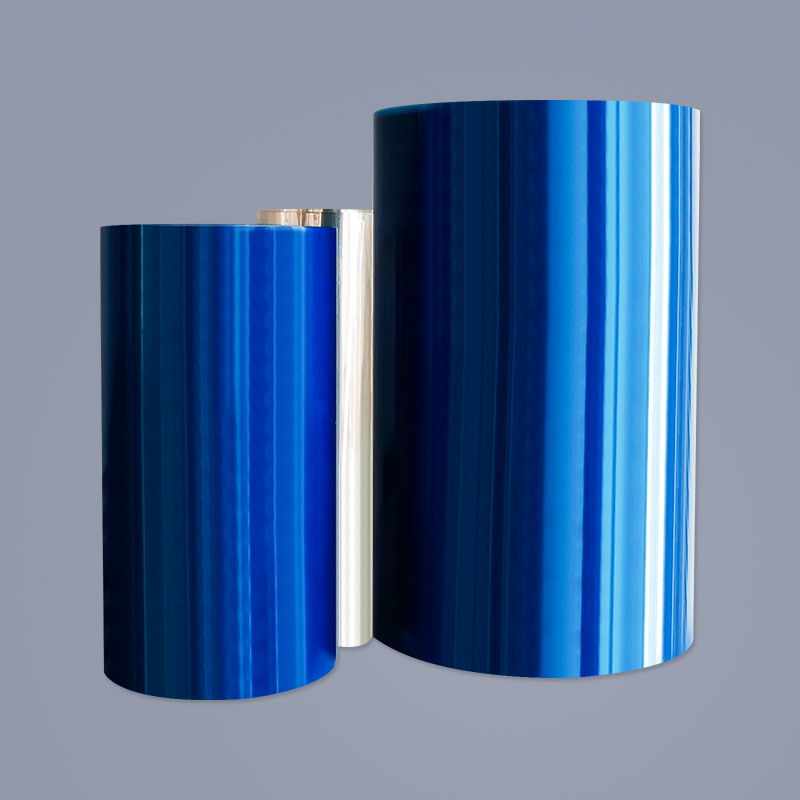Unveiling the World of Automotive Vinyl
The automotive world is constantly evolving, with car owners seeking new and innovative ways to personalize their vehicles. Among the most popular and effective methods is the use of car wrap vinyl. But what exactly is it, and why has it become a go-to choice for enthusiasts and daily drivers alike? At its core, car wrap vinyl is a durable, adhesive film that can be applied to a vehicle's exterior to change its color, finish, or design. Unlike a traditional paint job, which is a permanent and often irreversible process, vinyl wrapping offers a flexible and temporary solution. This allows for a level of customization that was once out of reach for most people, enabling them to express their personality and style through their vehicle.
A significant advantage of vinyl wrapping is its ability to protect the original paintwork. The vinyl acts as a shield against a variety of environmental hazards, including UV rays, minor scratches, rock chips, and road debris. This protective layer helps preserve the car's factory paint, which can be a huge benefit for maintaining its resale value. When the time comes to sell the car or simply change its look, the vinyl wrap can be professionally removed without damaging the paint underneath. This dual benefit of aesthetic enhancement and practical protection is a key reason for the surge in its popularity. Furthermore, the sheer variety of options available is a major draw. Car wrap vinyl comes in a vast array of colors, from classic glossy finishes to bold matte, satin, and even textured options like carbon fiber. This allows for virtually limitless creative possibilities, from a subtle color change to a complete, head-turning transformation. The application process itself is another key differentiator. While a full paint job can take weeks and is a messy, time-consuming affair, a professional vinyl wrap can often be completed in a matter of days. This efficiency, combined with the other benefits, makes it an attractive alternative for those looking to upgrade their vehicle's appearance.
When considering car wrap vinyl, it's important to understand the different types and their applications. For instance, some vinyls are designed specifically for partial wraps, such as wrapping the hood, roof, or mirrors, to create a two-tone effect or an eye-catching accent. Others are meant for full-body coverage, ensuring a seamless and comprehensive transformation. The adhesive technology used in modern vinyl wraps is also highly advanced, featuring air-release channels that make the installation process smoother and help prevent bubbles and wrinkles. This technology is particularly beneficial for DIY enthusiasts who want to tackle smaller projects themselves. However, for a full car wrap, professional installation is almost always recommended to ensure a flawless finish and long-lasting results. The cost of a vinyl wrap can vary widely depending on the type of vinyl chosen, the size of the vehicle, and the complexity of the design, but it is generally a more affordable option than a high-quality custom paint job. This accessibility has opened up the world of car customization to a much broader audience, moving it from a niche hobby to a mainstream trend. As the technology continues to improve and new finishes and textures are developed, the possibilities for car wrap vinyl will only continue to grow, solidifying its place as a cornerstone of modern automotive modification. With its blend of style, protection, and practicality, it's no surprise that car wrap vinyl is a topic of intense interest for anyone who loves their car.
Finding the Perfect Look: Best Finishes for Your Vehicle
Choosing the right finish for your car wrap is a critical step in achieving the desired aesthetic. The finish dictates the overall look and feel of the vehicle, from a sleek, understated elegance to a bold, aggressive statement. One of the most popular and enduring choices is the matte finish. A matte wrap offers a non-reflective, satin-like appearance that gives a car a modern, sophisticated, and often more aggressive look. Unlike a glossy surface that reflects light, a matte finish absorbs it, which helps to conceal minor imperfections in the vehicle's bodywork. However, matte finishes can be a little more challenging to maintain, as they are more prone to showing fingerprints and smudges. They require specific cleaning products designed for matte surfaces to avoid creating shiny spots or damaging the finish. On the other hand, a gloss wrap is the most traditional choice, closely mimicking the look of a factory paint job. It offers a deep, reflective shine that makes colors pop and gives the car a classic, high-end appearance. Gloss wraps are generally easier to clean and maintain than their matte counterparts and are more resistant to scratches and scuffs. The vibrant reflectivity of a gloss finish can, however, highlight minor body imperfections if the surface preparation is not perfect. Beyond these two classic options, there are many other finishes to consider, each with its own unique appeal and characteristics. These include satin, chrome, and textured wraps, each providing a distinct visual effect that can dramatically alter the car's personality.
A satin finish strikes a beautiful balance between matte and gloss. It has a subtle sheen that reflects some light but lacks the high-gloss shine of a traditional wrap. This provides a soft, elegant look that is both modern and timeless. The low-key reflectivity of satin makes it a great choice for hiding minor imperfections while still offering a sense of depth and luxury. Maintenance for satin wraps is generally easier than for matte finishes, making them a practical choice for daily drivers who want a unique look without the hassle. For those who want to truly stand out, a chrome wrap is the ultimate attention-grabber. Chrome wraps have a mirror-like finish that is highly reflective and instantly turns any vehicle into a show car. While they offer an unparalleled level of visual impact, they are also the most difficult to install and maintain. The material is very delicate and can easily show scratches and imperfections. Due to their complex nature, chrome wraps are almost exclusively the domain of professional installers. Finally, textured finishes like carbon fiber or brushed metal wraps offer a tactile and visual experience that is unlike any other. These wraps are designed to mimic the appearance and texture of the materials they represent, adding a layer of authenticity and detail to the vehicle. For example, a carbon fiber wrap can be used to accent a hood or a roof, giving the car a performance-oriented feel. The durability and ease of maintenance for textured wraps can vary, but they generally provide a rugged and long-lasting finish.
The choice between these finishes depends heavily on the owner's personal taste, the type of car, and the intended use. For a high-performance sports car, a matte or satin finish can enhance its aggressive lines, while a classic muscle car might look best with a deep gloss. A utility vehicle or truck could benefit from a textured wrap to give it a more rugged look. It is also important to consider how the different finishes handle contrast and detail. The reflective nature of a gloss finish can make subtle design elements stand out, whereas a matte finish might subdue them, creating a more uniform appearance. The decision should also take into account the best brand for car wrap vinyl to ensure longevity and quality. High-quality vinyl from a reputable brand will not only look better but will also be more durable and easier to maintain. Researching the different finishes and seeing them in person is highly recommended before making a final decision. Many wrap shops have samples that you can hold and feel to get a true sense of the finish. The table below provides a quick comparison of the most common finishes to help in your decision-making process.
| Finish Type | Appearance | Maintenance | Hides Imperfections | Common Use Case |
|---|---|---|---|---|
| Matte | Non-reflective, flat look | Requires special cleaning, shows fingerprints | Excellent | Modern, aggressive sports cars |
| Gloss | High-shine, reflective, like paint | Easy to clean, durable | Poor (highlights imperfections) | Classic, high-end look |
| Satin | Subtle sheen, between matte and gloss | Relatively easy to clean | Good | Elegant, modern vehicles |
| Chrome | Mirror-like, highly reflective | Very difficult to maintain, shows every flaw | Poor | Show cars, special projects |
| Textured | Mimics materials like carbon fiber | Varies by material, generally durable | Excellent | Accent pieces, performance themes |
DIY vs. Professional Installation: A Closer Look
The question of whether to tackle a vinyl wrap project yourself or to hire a professional is a common one, and the answer depends heavily on the complexity of the job, your skill level, and the quality of the final result you desire. For a full-vehicle wrap, the unanimous recommendation from experts and experienced enthusiasts is to go with a professional. The process of wrapping an entire car is incredibly intricate and requires specialized tools, a dust-free environment, and a great deal of experience. A professional installer has the expertise to handle complex curves, edges, and recessed areas, ensuring a seamless, bubble-free, and long-lasting finish. They also know how to properly disassemble and reassemble parts of the car, such as door handles and mirrors, to ensure the wrap is tucked in perfectly and looks like a paint job. The cost of a professional wrap includes not only the labor but also the peace of mind that comes with a warranty on both the material and the installation. A botched DIY full wrap can lead to wasted material, an unattractive final product with visible seams and bubbles, and potentially even damage to the vehicle's paint upon removal. Given the significant investment in the high-quality vinyl itself, the added cost of professional installation is often a wise and necessary expenditure.
However, for smaller, less-complex projects, the DIY route can be a rewarding and cost-effective option. Wrapping individual components like a car's roof, hood, or interior trim pieces is a great way to start. These projects require less material and are more forgiving if mistakes are made. The most important factors for a successful DIY project are patience, proper preparation, and the right tools. You will need a heat gun, squeegees, a sharp knife, and a clean, well-lit workspace. The surface must be meticulously cleaned and degreased to ensure the vinyl adheres properly. Air-release vinyls, which are specifically designed to make the DIY process easier by allowing trapped air to be pushed out, are an excellent choice for beginners. Online tutorials and instructional videos can be a great resource, but it's important to remember that they often make the process look easier than it is. While a DIY wrap on a small surface can be a fun project, it's crucial to manage your expectations. The finish will likely not be as flawless as a professional job, and there may be small imperfections. The decision between how to do car wrap diy and professional installation really comes down to a risk vs. reward analysis. Is the potential cost savings worth the risk of a subpar result? For most car owners, the answer for a full wrap is no, while for a small accent piece, it can be a great way to gain some experience and add a personal touch to their vehicle. In some cases, a hybrid approach can be the best of both worlds: doing some of the less-critical, easy-to-access panels yourself and leaving the more challenging parts to a professional.
Another crucial element in this discussion is the type of vinyl used. High-quality vinyls are more pliable and easier to work with, which can make a DIY project more successful. Conversely, low-quality vinyl can be stiff, tear easily, and have a less-effective adhesive, making it a nightmare to install. This is why it's so important to research and invest in a quality material, regardless of who is doing the installation. For those who are still on the fence, it's a good idea to get quotes from a few local wrap shops and compare the cost of a full professional installation with the cost of purchasing the materials for a DIY project. This will give you a clear financial picture to help with your decision. Also, consider the long-term implications. A professionally installed wrap is more likely to last for its full intended lifespan, which can be several years, while a DIY wrap might show signs of wear and tear much sooner. Ultimately, the choice is a personal one, but it is one that should be made with a clear understanding of the challenges and rewards of each approach. The right choice will ensure you get the most out of your investment in a car wrap vinyl roll. For those with the budget, professional installation is the safest and most reliable way to achieve a perfect finish. For the adventurous and skilled DIYer, smaller projects can be a great way to personalize their car and learn a new skill.
Protecting Your Investment: Care and Longevity of Car Wraps
Once your car wrap is installed, whether by a professional or yourself, proper care and maintenance are essential to ensure its longevity and maintain its pristine appearance. A common misconception is that a vinyl wrap is indestructible and requires no special attention, but this couldn't be further from the truth. The key to a long-lasting wrap is a consistent and careful cleaning regimen. The most important rule is to avoid automatic car washes, especially those with spinning brushes. These aggressive brushes can scratch the vinyl, lift edges, and damage the finish, particularly with matte or satin wraps. The harsh chemicals used in some car washes can also degrade the vinyl over time. The best method for cleaning a wrapped car is to hand-wash it using a soft microfiber cloth and a car wash soap that is specifically designed for vinyl wraps. These soaps are pH-neutral and gentle, ensuring they won't harm the finish. It's also important to rinse the car thoroughly to remove all soap residue, as dried soap can leave unsightly marks. For stubborn dirt or bugs, a specialized bug and tar remover formulated for vinyl can be used, but it's crucial to test it on a small, inconspicuous area first. The longevity of a vinyl wrap is directly correlated with how well it is cared for, so a few extra minutes spent on proper cleaning can save you a lot of time and money in the long run. Proper care also includes a regular waxing schedule. While not all waxes are suitable for vinyl, there are specific products on the market, such as spray sealants and ceramic coatings, that can add a layer of protection and make the wrap easier to clean. These products can enhance the color and shine of gloss wraps or deepen the look of matte and satin finishes, all while providing an extra barrier against environmental contaminants. Regular waxing or sealing is a simple step that can significantly extend the life of your wrap and keep it looking new for years.
Beyond cleaning, there are other factors that influence the lifespan of a car wrap. The first is sun exposure. Prolonged exposure to direct sunlight and UV rays can cause the vinyl to fade, crack, or peel. To combat this, it's best to park your wrapped car in a garage or in a shady spot whenever possible. If you don't have access to covered parking, a car cover is an excellent investment. The quality of the vinyl itself also plays a huge role. High-quality cast vinyls are more durable and flexible, making them more resistant to the elements and more likely to last for their advertised lifespan, which is typically 5 to 7 years. Cheaper calendared vinyls, while more affordable, are less durable and may start to show signs of wear much sooner. The quality of the installation is another critical factor. A professionally installed wrap with properly tucked edges and minimal seams is less likely to lift or peel over time. A poor installation, on the other hand, can lead to premature failure. Another consideration is the removal of the wrap. While a vinyl wrap is designed to be temporary, improper removal can damage the original paint. A professional installer will use heat and a special solvent to safely remove the wrap without leaving any residue or causing any damage. Trying to rip a wrap off yourself without the right tools and knowledge is a recipe for disaster. The total cost of car wrap vinyl material and professional labor is an investment, and protecting that investment with proper care is the smart choice. This includes not only regular cleaning but also being mindful of what comes into contact with the wrap, such as abrasive materials, harsh chemicals, or even a simple pressure washer used too close to the surface. It’s also wise to educate yourself on the specific care instructions for your particular type of vinyl and finish, as requirements can vary significantly. By following these guidelines, you can ensure that your car wrap remains a source of pride for years to come.
The differences in maintenance and longevity between different wrap materials are also important to understand. A gloss wrap can be treated much like a painted surface, using standard car care products (as long as they are vinyl-safe). A matte wrap, however, requires specialized products to maintain its unique non-reflective finish. Using a regular wax on a matte wrap, for example, will create shiny patches and ruin the aesthetic. Chrome wraps are even more delicate and often require the use of a ceramic coating specifically designed for them to offer a layer of protection and make cleaning easier. The environmental factors of where you live also come into play. Cars in sunny, hot climates may experience more rapid fading, while those in cold climates with harsh winters may be more susceptible to the wrap cracking. The best way to approach maintenance is to be proactive. A little bit of care on a regular basis is far better than trying to fix a problem after it has already occurred. This includes routine checks for any lifting edges or bubbles, which can be addressed quickly before they become a bigger issue. The upfront investment in high-quality materials and professional installation is only half the battle; the other half is diligent and proper care. By following these tips, you can extend the life of your wrap, keep your car looking great, and make the most of your vinyl wrap for car customization. A well-cared-for wrap is not just a cosmetic enhancement; it is a smart, protective investment that will serve you well for many years.
Customization Beyond the Full Wrap
While a full car wrap offers the most dramatic transformation, vinyl is an incredibly versatile medium that allows for a wide range of creative customizations beyond just changing the entire color of a vehicle. This is where the concept of accent wraps and decals comes into play, offering a more subtle yet equally impactful way to personalize your ride. A common and popular application is a partial wrap, such as a black car wrap vinyl on the roof of a vehicle with a different body color. This two-tone look can create a striking contrast that gives the car a sportier, more aggressive aesthetic. Wrapping the hood, mirrors, or spoilers is also a great way to add a touch of personality. For instance, a carbon fiber wrap on the hood can give a sporty car a high-performance look without the cost of a real carbon fiber hood. These partial wraps are often more affordable than a full wrap, making them an accessible option for those on a tighter budget or those who want to dip their toes into the world of vinyl customization. They are also much easier for a DIY enthusiast to tackle, as the panels are generally smaller and less complex than an entire car body. The possibilities are endless, from subtle stripes running along the side of the car to intricate graphic designs that make a bold statement. The key is to think creatively and consider how different colors, finishes, and textures can work together to enhance the car's existing lines and personality. This allows for a truly unique and personalized look that stands out from the crowd.
Beyond exterior accents, vinyl can also be used to customize a vehicle's interior. Interior trim pieces, such as dashboard panels, door handles, and center console areas, can be wrapped to match the exterior or to add a contrasting texture or color. This can be a great way to update an older car's interior, making it feel fresh and modern without the expense of replacing parts. For example, a glossy wood grain trim can be covered with a sleek brushed metal or carbon fiber wrap for a more contemporary feel. The process for interior wrapping is similar to exterior wrapping but often requires more meticulous work to get around small buttons and complex shapes. Again, this is a project that a patient and detail-oriented DIYer can attempt, but for a flawless finish, a professional is recommended. Another popular application is using vinyl for headlight and taillight tinting. A special transparent vinyl film can be applied to the lights to give them a smoked or tinted look. This is a reversible modification that is much safer and easier than using a paint-on tint, which can be permanent and difficult to remove. This type of customization adds a subtle, stealthy look to the car without compromising light output. The wide variety of vinyl types and finishes means that a car owner is not limited to just changing the color. They can add textures, patterns, and even holographic or color-shifting films to create a one-of-a-kind look. The flexibility of vinyl allows for a level of detail and precision that is difficult to achieve with paint, making it the perfect medium for intricate designs and custom graphics. It's a fantastic way to make a vehicle truly your own without making a permanent commitment.
The versatility of vinyl also extends to functional applications. For example, a clear bra or paint protection film (PPF) is a thick, transparent vinyl wrap that is specifically designed to protect the most vulnerable areas of a car, such as the front bumper, hood, and fenders, from rock chips, scratches, and other road debris. This is a fantastic option for new car owners who want to preserve their factory paint without altering its appearance. While not a color change, it is still a form of car wrap vinyl that serves a crucial purpose. When it comes to logos and branding, vinyl is the material of choice for businesses. From simple lettering to full-blown advertising graphics, vinyl decals and wraps can turn a company vehicle into a moving billboard. The easy removability of vinyl makes it a great choice for leased vehicles or temporary promotions. This flexibility means that a company can rebrand its fleet without having to invest in new vehicles. The sheer breadth of possibilities, from protecting the paint to making a bold statement, is what makes vinyl wrapping such an exciting and dynamic industry. Whether you're looking for a simple accent or a complete overhaul, there's a vinyl solution that can meet your needs and exceed your expectations, turning your vehicle into a true reflection of your style. The world of vinyl wrap for car customization is rich with possibilities, and exploring them is half the fun of owning a car.
Why the DIY Approach is So Appealing to Enthusiasts
For many car enthusiasts, the act of working on their vehicle is just as rewarding as driving it. The DIY (Do-It-Yourself) car wrap vinyl movement has gained significant traction because it allows these individuals to take ownership of their car's transformation in a very hands-on way. The appeal of the DIY approach goes beyond simple cost savings; it's about the satisfaction of learning a new skill, the pride in creating something with your own two hands, and the freedom to experiment without the pressure of a professional's timeline or creative input. The internet has fueled this trend by providing an endless supply of tutorials, forums, and communities where enthusiasts can share tips, tricks, and success stories. For someone with a small project in mind, such as wrapping their car's side mirrors or a spoiler, the DIY approach can be a perfect entry point. It's a low-risk way to learn the basics of vinyl application, including how to properly clean a surface, use a heat gun to stretch and conform the vinyl, and trim the edges for a clean finish. The upfront cost for a small car wrap vinyl roll and the necessary tools is minimal, making it an accessible hobby for anyone with a little patience and a lot of passion. This hands-on experience demystifies the process and makes the final result feel more personal and earned. Furthermore, the availability of high-quality, air-release vinyls has made the process much more forgiving for beginners, as these materials are specifically designed to minimize bubbles and make repositioning easier. This technological advancement has truly democratized the world of car wrapping, allowing more people to achieve professional-looking results without the professional price tag.
One of the most exciting aspects of DIY wrapping is the creative freedom it provides. There are no limits to the designs or patterns you can create, and you can change your mind as often as you like. Want to try a matte black roof for a few months and then switch to a carbon fiber look? With vinyl, this is a relatively simple and affordable process. This level of flexibility is simply not possible with paint. It allows car enthusiasts to treat their vehicle as a constantly evolving canvas, reflecting their current mood, style, or even the season. The DIY community is also a huge part of the appeal. Online forums, social media groups, and YouTube channels dedicated to car wrapping are full of people sharing their projects, asking for advice, and celebrating each other's successes. This sense of community and shared passion is a powerful motivator. It provides a support system for beginners who might be struggling with a tricky curve or a stubborn bubble. For many, the journey of learning and mastering a new skill is just as important as the final product. The time and effort invested in a DIY project create a deeper connection with the vehicle. It's no longer just a mode of transport; it's a personal project, a work of art, and a testament to the owner's dedication. This emotional investment is something that can't be bought with a professional installation. While a DIY full car wrap is a monumental undertaking that is often best left to the experts, the smaller-scale projects are perfect for a hands-on approach. They are an opportunity to learn, to create, and to truly make a car your own. The pride that comes from telling someone, "I did that myself," is a unique and irreplaceable feeling that drives the DIY movement forward.
Finally, the DIY approach offers a practical way to test out a look before committing to a larger, more expensive project. If you're considering a full wrap but aren't sure if a certain color will suit your car, you can purchase a small amount of car wrap vinyl material and wrap a single panel, like a fender or a door. This allows you to see the color and finish in person, in different lighting conditions, and on your specific vehicle. It's a low-cost, low-risk way to make an informed decision. This ability to prototype is a huge advantage over traditional paint, where a color decision is permanent and costly. The evolution of DIY tools, such as knifeless tape, which allows for precise cuts without a blade, has also made the process safer and more accessible for amateurs. These tools, combined with the wealth of online resources, have made the DIY car wrapping a legitimate and rewarding hobby. The allure of the DIY approach lies in its combination of cost-effectiveness, creative freedom, and the deep personal satisfaction that comes from transforming your vehicle with your own hands. It’s a powerful testament to the passion and ingenuity of car enthusiasts everywhere. The satisfaction of a well-executed DIY project, no matter how big or small, is a feeling that a professional service, no matter how perfect, simply cannot replicate.



